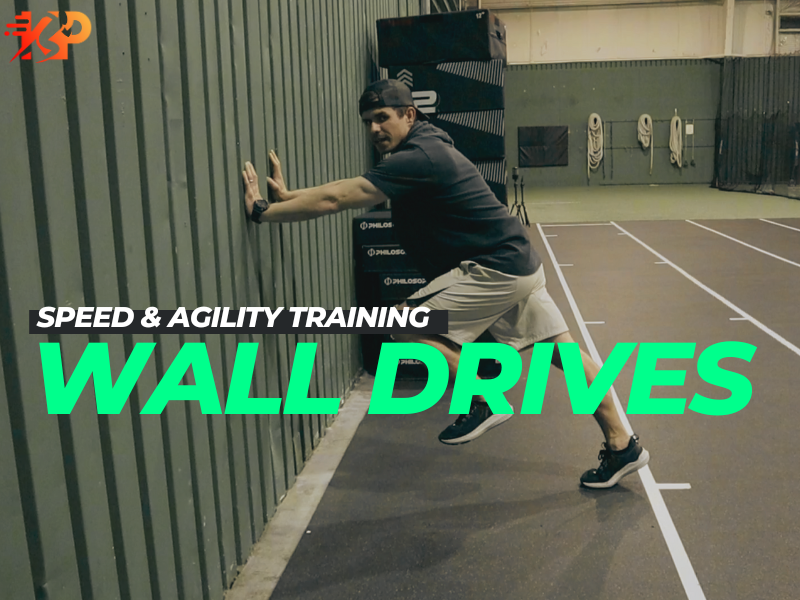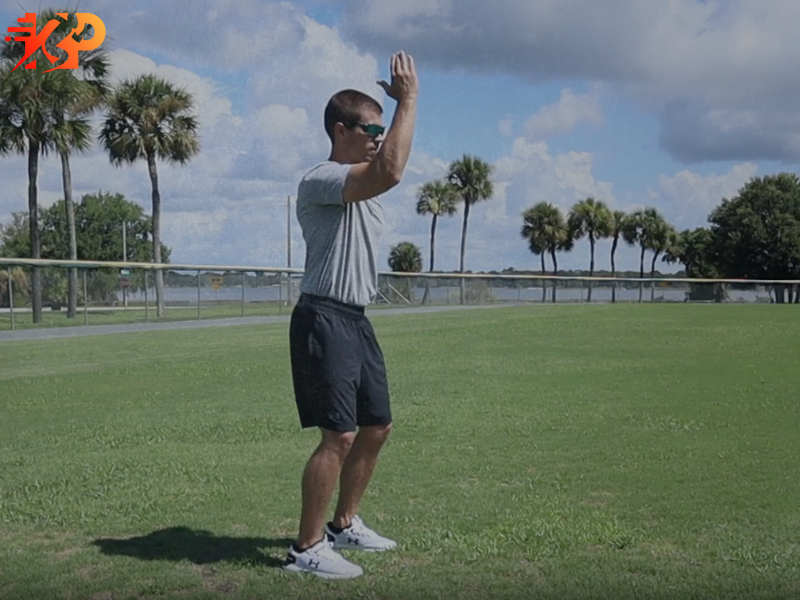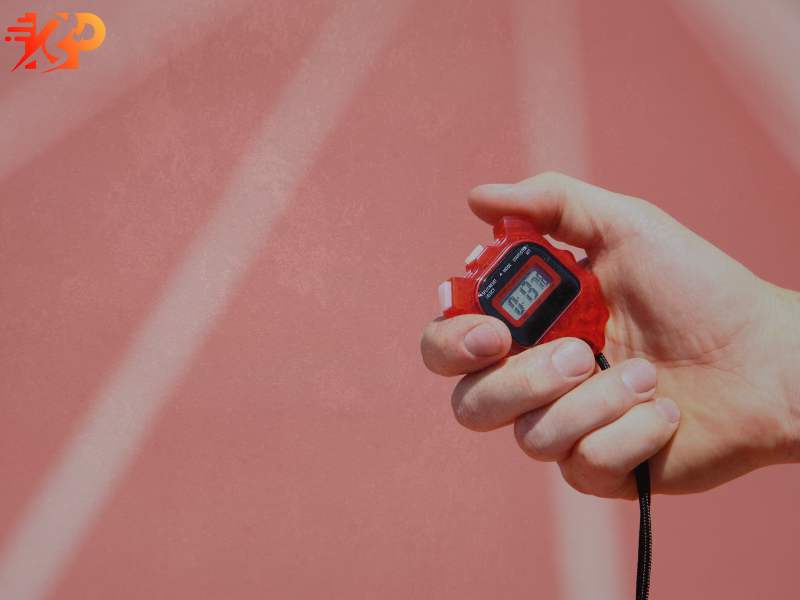How to Perform Wall Drives to Create Explosive Speed

By Mark Keil, CSCS
Posted on May 9, 2025

By Mark Keil, CSCS
Posted on May 9, 2025

Wall Drives are a foundational speed development drill. This simple, yet highly effective movement pattern builds the neuromuscular coordination, posture, and force application athletes need to develop explosive first-step quickness and overall sprinting speed.
The primary goal of wall drives is to train the body to achieve optimal acceleration posture and teach athletes how to produce horizontal force, a key factor in sprint speed.
The ability of the athlete to accelerate in a straight line with power directly impacts their speed. Wall drives isolate and reinforce these mechanics without the complexity of full-speed sprinting.
How to Perform Wall Drives
There are several variations of Wall Drives, with some being more complicated than others (watch the video above for how I progress athletes). However, the setup is similar for each:
- The athlete leans on a wall at a roughly 30- 45-degree angle with arms fully extended and hands directly in front of the shoulders on the wall.
- They should be on their toes, legs fully extended behind them. This is the starting position.
Note: You’re looking for triple extension (extension at the hips, knees, and ankles). Watch that the athlete maintains this posture with the driving leg each time they bring the foot to the ground.
Benefits of Wall Drives
Benefit 1: Wall drills teach proper sprint mechanics
One of the most valuable benefits of wall drives is their ability to reinforce sprinting form in a controlled environment.
Many young athletes struggle with postural issues or poor force direction during sprints. The wall drive locks the athlete into the correct posture. It provides a tactile reference (the wall) that prevents overextension or poor body angles. Over time, these motor patterns carry over into actual sprinting drills and game-speed movement.
Benefit 2: Wall drives build acceleration-specific strength
Wall drives develop the muscles most responsible for acceleration: the glutes, hamstrings, hip flexors, and calves. Each powerful leg drive mimics the initial strides of a sprint, training the body to produce strong horizontal force, essential for that explosive first step. Over time, this contributes to faster starts and improved short-distance speed, both crucial in sport.
Benefit 3: Wall drives enhance neuromuscular coordination
Speed is not just about strength — it’s about timing. Wall drills help the athlete learn how to coordinate the firing of key muscle groups in the correct sequence.
Rapid alternation of the legs while maintaining a stiff core and rigid posture challenges the nervous system to respond quickly and efficiently, leading to quicker ground contact times.
Benefit 4: Wall drives require minimal equipment and yield a high return
Athletes don’t need expensive gear or an ample space — just a solid wall or surface to lean against; this makes them ideal for warm-ups, home workouts, or team training sessions when space and time are limited.
In summary, wall drills are a staple speed training drill. They reinforce proper form, develop power in the right muscle groups, and require minimal equipment.
Consistent use of this drill helps athletes move more explosively and efficiently, giving them a measurable edge on the field.
If you’re in Tulsa, Oklahoma and are looking for Speed and Agility Training for your athlete, then sign up your athlete to try the program for FREE!
Keil Performance is the local, highly rated, Speed and Agility Training program near you that has helped countless athletes improve their speed. If you’re looking for the top speed and agility training program near you, then come check out the program today!
Training Resources






